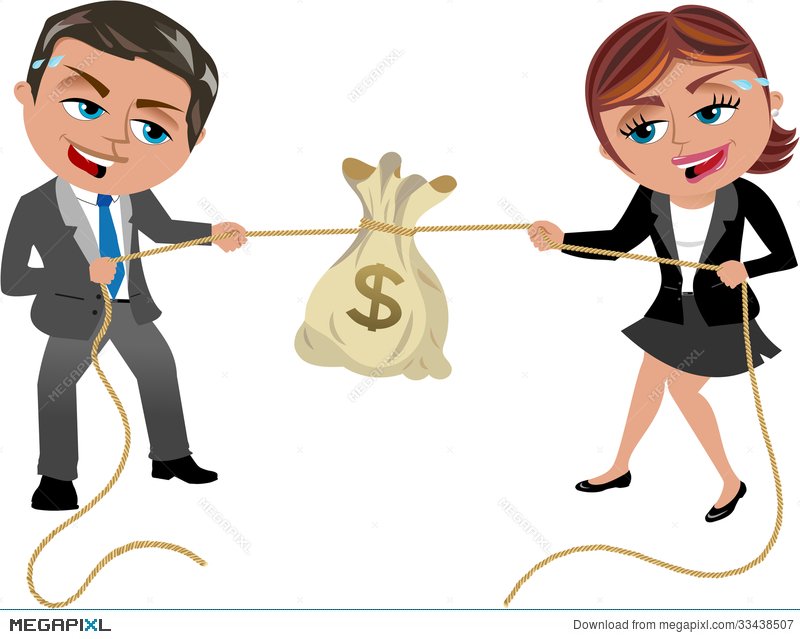5 Cs of Marketing- 3rd being Competitiveness
WHAT IS COMPETITIVE ANALYSIS ?
Competitiveness needs to be analysed as a part of a competitive strategy which in turn influences the Marketing strategy.
Competitive Analysis is the first step in Competitive Strategy. This is the information collecting stage when one does an active search to perceive the other products which are cutting into your market share.
To Pepsi, Coke is direct competitor and others though not direct but substitute like tender coconut or other local brands could eat into the market share substantially. If Pepsi would do a Competitive Analysis, it would go to the users and ask them which drink they prefer and why? With Coke competing with them, they would always make sure that the product line, pricing, branding etc is all similar if not better.

WHY DO WE NEED IT?
A study of the competitiveness helps us to improve the product or services at different levels
Supply
Unagi is a freshwater eel that is very popular in Japan. But it is also very expensive. The eel supply was very erratic in Japan till Yang Sei, a mass producer of eel ventured in during the eighties. Today Yang Sei is supplying about 60% of the demands in Japan and in the process managed to keep the delicacy alive and thriving. So much so that now unagi has slithered into the American and another European dining. If as a restaurant owner I did not know about Yang Sei, I would be facing a severe disadvantage with supply.
Production efficiency:
Be it Ford’s floor practices or Toyota’s JIT, production competencies have always been a very profound way to win over the competition. Toyota’s TPS propelled it ahead of its competitors in just a matter of a few years.
Constant Product Evolution:
Constant tweaking of products or services is of utmost importance. Competitive analysis helps us with just that. Tide which started as a detergent to remove oil and grease in 1946 has evolved so many times donning avatars of detergent formulated with enzymes in 1968, to liquid detergent in 1980 and tide with bleach introduced in 1988. 1992 found ultra liquid tide in response to environmental concerns. The new millennium found Tide rapid action tablets and pairing with Downey, Febreze etc.2007 and 2008 found tide caring about environmental wastages and care for long-lasting clothes and soft on hands. Tide pods entered in 2012. Tide has survived only due to increasing its product line, tweaking them and finding new markets constantly. This is the result of intense competitive analysis on a regular basis
GTM strategy
Taxjar would be just another sales tax service providing company but its GTM made all the difference. Though not new, Taxjar went all out by giving very accurate and informative content for free. The topics were relevant to their target audience and were lapped up instantaneously giving them a significant competitive advantage.
Brand Image
In the cola war, Pepsi co has always been one step ahead and that is due to the dynamic marketing strategies and branding campaigns. It developed a promotional campaign called “DO US A FLAVOR” that involved people in suggesting their flavour ideas from none less than 17 countries. Their regional branding goes a long way in creating a loyal customer base which effectively keeps the competitors at a disadvantage.
After-sale service
One of the most coveted responses from the customer is a repeat purchase. After-sales service has a large say in it. The automobile industry is the forerunner by providing not just support to secure loans and insurance coverage but also a free service for about 10000 km. These kinds of after-sale services have helped in the surge of new car purchases rather than going for second-hand ones.
COMPETITIVE ANALYSIS FRAMEWORK
There are three commonly used competitive analysis framework Swot, Porter’s and Strategic group analysis.:
SWOT Analysis
The most commonly used framework to summarize the internal ie STRENGTH AND WEAKNESS, and the external factors ie OPPORTUNITIES AND THREATS provides an instantons and holistic view of the one product vs another. PEPSI vs COKE
| PEPSI | |
| STRENGTH | WEAKNESS |
| Sugary drink | Sugar considered unhealthy drink |
| Strong market present | Water-consumption at factories |
| Divested into other Products | Entered as late as 1989 in India |
| Distribution channels, | Foreign Corporate image |
| OPPORTUNITY | THREAT |
| Popularity of sugary drinks, | Competition from new entrant everyday |
| Untapped markets, | Sugar related sickness on a rise, |
| Overall increase in consumerism | Environment consciousness raising |
| Gvt Regulations barring it from schools, | |
| COKE | |
| STRENGTH | WEAKNESS |
| Early Entrant Advantage | Foreign Corporate image |
| P.L include a healthy option-Maaza | Water-consumption at factories |
| Focused only on Beverages | |
| Distribution channels, | |
| OPPORTUNITY | THREAT |
| Mix of perceived healthy & unhealthy drinks | Competition from new entrant everyday |
| Untapped markets, | Sugar related sickness on a rise, |
| Overall increase in consumerism | Environment consciousness raising |
Porter's five forces of competition and Strategic group analysis to be continued...
